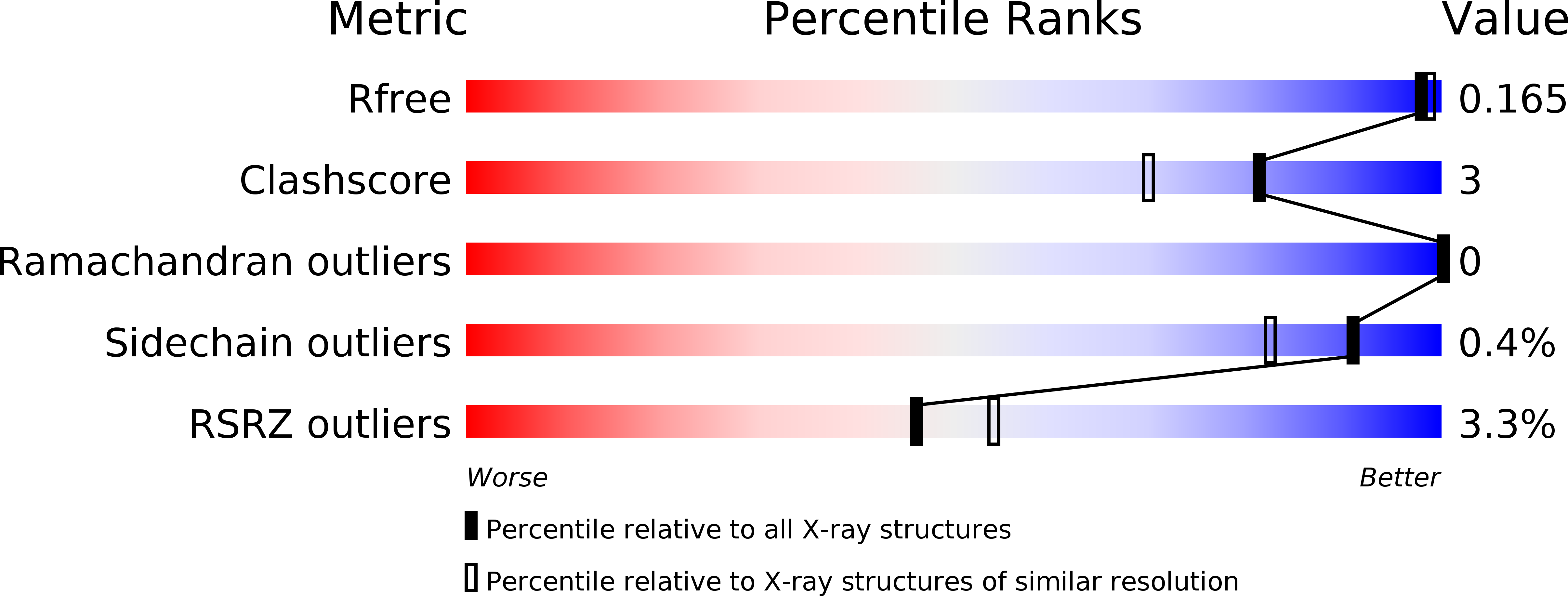
Deposition Date
2009-03-05
Release Date
2009-03-17
Last Version Date
2024-11-13
Entry Detail
PDB ID:
2WBW
Keywords:
Title:
Ad37 fibre head in complex with CAR D1 and sialic acid
Biological Source:
Source Organism:
HUMAN ADENOVIRUS 37 (Taxon ID: 52275)
HOMO SAPIENS (Taxon ID: 9606)
HOMO SAPIENS (Taxon ID: 9606)
Host Organism:
Method Details:
Experimental Method:
Resolution:
1.55 Å
R-Value Free:
0.17
R-Value Work:
0.17
R-Value Observed:
0.17
Space Group:
I 2 3


